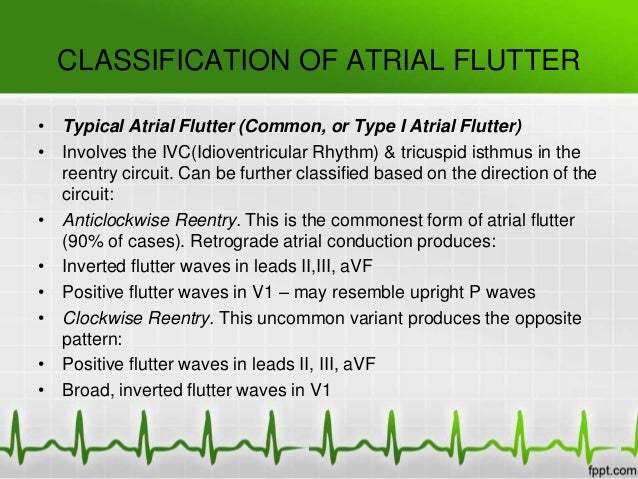

Refers to individuals without symptoms attributable to AFib, in whom clinical AFib is not previously detected (that is, there is no surface ECG tracing of AFib).ĪHRE ‐ events fulfilling programmed or specified criteria for AHRE that are detected by CIEDs with an atrial lead allowing automated continuous monitoring of atrial rhythm and tracings storage. The minimum duration of an ECG strip required to establish the diagnosis of clinical AF is ≥30 seconds, or an entire 12‐lead ECG. Symptomatic or asymptomatic AFib documented by surface ECG. absence of distinct repeating P waves, and.irregular R‐R intervals (when atrioventricular conduction is not impaired),.Electrocardiographic characteristics of AFib include:

Source: (Adapted from Hindricks et al., 2020).Ī supraventricular tachyarrhythmia with uncoordinated atrial electrical activation and consequently ineffective atrial contraction. Table 13.1 Definition and classification of atrial fibrillation. For both men and women, the prevalence and incidence of AFib are disproportionately higher in high‐income nations compared with low‐income nations (Chugh et al., 2014). Burden associated with AFib, measured as disability‐adjusted life‐years, increased by 18.8% (95% UI: 15.8–19.3) in men and 18.9% (95% UI: 15.8–23.5) in women from 1990 to 2010. The estimated number of individuals with AFib globally in 2010 was 33.5 million (20.9 million men and 12.6 million women ). According to the available epidemiological data, between 19, there was a modest increase in the prevalence and a major increase in the incidence of AFib. As with most heart‐related diseases, the incidence and prevalence of AFib are increasing globally. The epidemiology of AFib is summarized in Figure 13.1. The definition and classification of AFib are presented in detail in Table 13.1. In some cases, AFib is caused by an underlying medical condition, such as myocardial infarction, pericarditis, pneumonia, pulmonary embolism, intravaginal thrombosis, and Wolff‐Parkinson‐White syndrome however, in some patients there is no apparent reversible cause (absence of heart disease in clinical and laboratory evaluation) and AFib is considered idiopathic (Staerk, Sherer, Ko, Benjamin, & Helm, 2017). In AFib, the electrical impulses are so fast and chaotic that the atria cannot contract and squeeze blood effectively into the ventricles (Pellman & Sheikh, 2015).Įpisodes of AFib may be paroxysmal/transient in which the patient’s heart rhythm returns to normal automatically, or permanent, which require pharmacotherapy or other medical interventions to restore a normal heart rhythm. During AFib, the heart’s two upper chambers (the atria) beat irregularly and out of coordination with the heart’s two lower chambers (the ventricles). Atrial fibrillation (AFib) is one of the most common types of cardiac arrhythmias, i.e., irregular heartbeats, which increases the risk of stroke, heart failure, and other cardiovascular‐related complications.


 0 kommentar(er)
0 kommentar(er)
